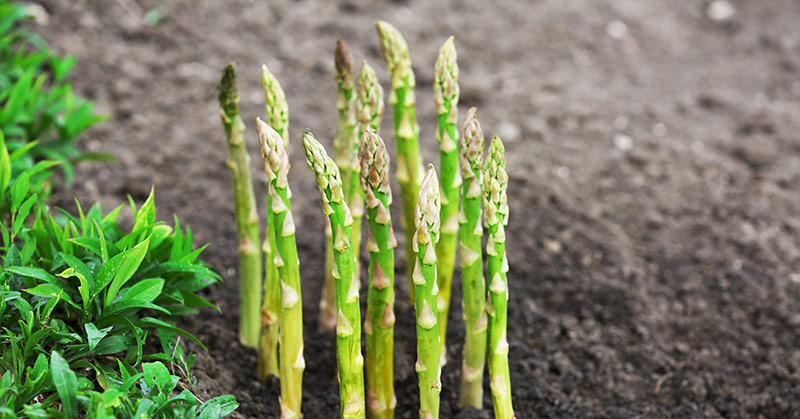Whether you grow food for fun or for a living, gardening is an incredibly rewarding experience. You get outside, enjoy some fresh air and sunshine, and at the end of it all, you get fresh fruits and vegetables! You can’t be mad about that, right? Planting perennial vegetables is one of my favorite things to do because they just keep growing back year after year!
Many vegetables grow as annuals, meaning that they grow for one growing season and then call it quits. You need to sow new seeds the following year in order to regrow that vegetable. But that doesn’t mean every vegetable is an annual.
These 10 perennial vegetables will grow back year after year
Perennial fruits and vegetables are a great addition to any garden, as they can provide an ongoing supply of fresh produce with little effort. Some common perennial vegetables include asparagus, rhubarb, and artichokes. These plants are hardy and can withstand winter temperatures in most locations, allowing them to grow back year after year without needing to be replanted.
Aside from being low-maintenance, perennial fruits and vegetables can also be cost-effective in the long run. While they may require more initial investment in terms of time and money, the fact that they can produce for years means that you won’t need to keep buying new seeds or seedlings every year. Additionally, many perennial plants are known for their hardiness and ability to grow in a variety of conditions, making them a great option for those who live in areas with challenging weather or soil conditions.
Incorporating perennial fruits and vegetables into your garden can also be a great way to add diversity to your diet. These plants offer a wider range of flavors and textures than traditional annual crops, and they can also be used in a variety of recipes. Whether you’re looking for a fresh snack or a hearty meal, you’re sure to find a way to use the fruits and vegetables that you grow.
Rhubarb
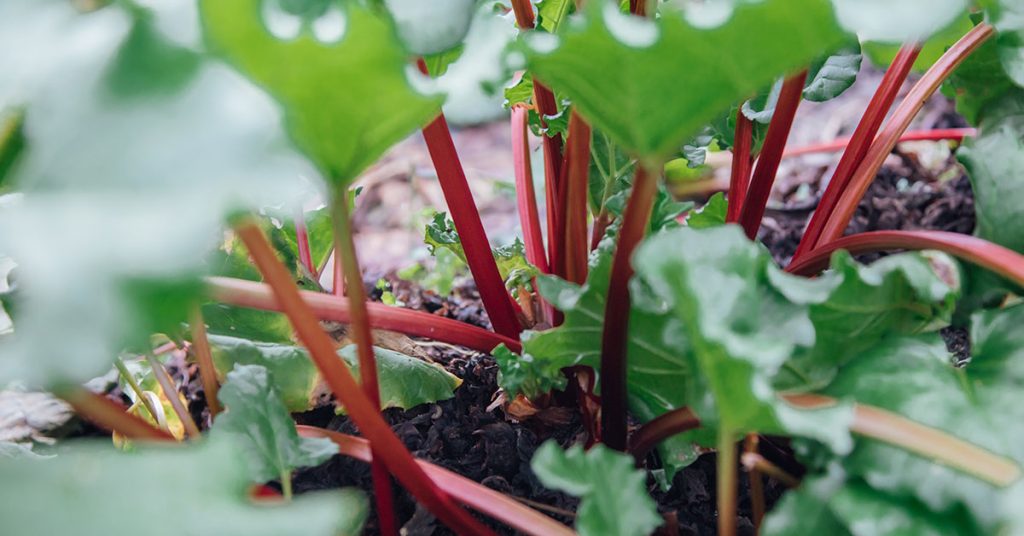
Who wouldn’t want to grow this perennial vegetable? If you love rhubarb jams, pies, and other sweets, then it makes absolute sense for you to grow a rhubarb plant of your own. Rhubarb is a perennial vegetable that will keep coming back year after year. Ideally, rhubarb crowns are planted in the early spring as soon as the ground has thawed. Rhubarb grows well in full sunlight and well-drained, fertile soil. If you plan to grow more than one, set them approximately four feet apart. These plants grow pretty large!
Asparagus
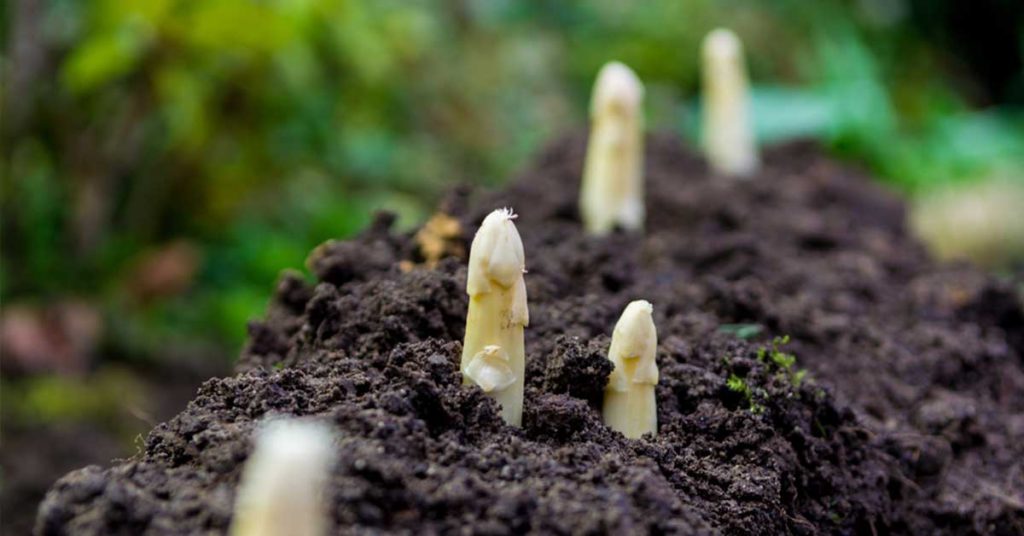
I love asparagus, but the truth is, the store-bought stuff doesn’t have anywhere near the flavor of freshly picked asparagus. Asparagus grows well in cooler climates with cold winters and dry summers. Asparagus prefers full sunshine and lighter, well-drained soil, making raised beds ideal for growing this vegetable. Asparagus grows as either a male or a female plant. Male plants tend to be more productive, so try to find an all-male variety of asparagus to plant.
Read: How To Make A Beautiful Log Planter
Jerusalem Artichokes
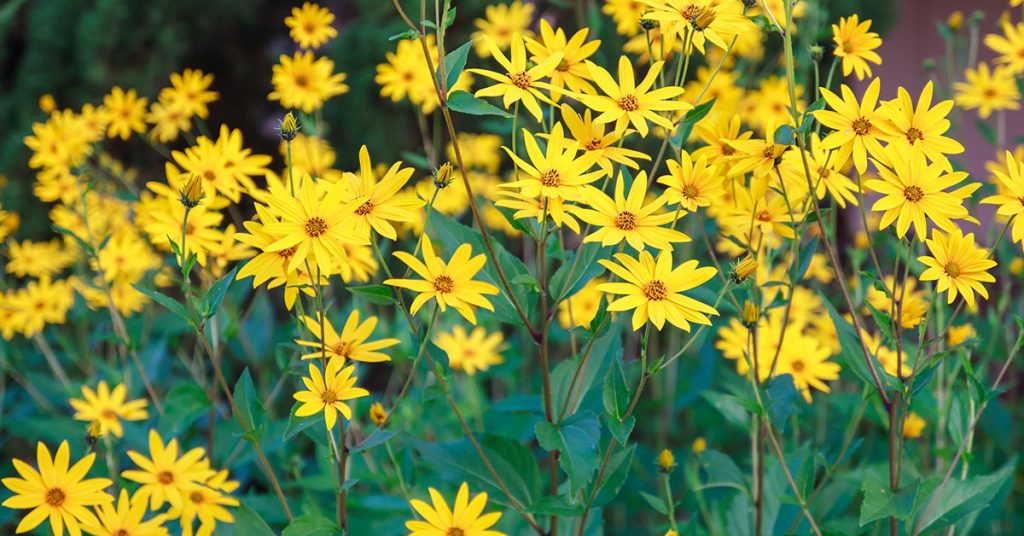
These guys are one of my favorite perennial vegetables to grow! Jerusalem artichokes are a bit different from standard artichokes. The artichokes you find in the store are the flower of the artichoke plant, but Jerusalem artichokes are actually a tuber, not unlike a potato. Jerusalem artichokes love well-drained, alkaline soils. They’re a productive plant, each one producing upwards of 20 tubers. The plant is ready for harvest after your first frost. Jerusalem artichokes can grow to be pretty big, so plant each tuber approximately six inches apart from one another. Enjoy this delicious prebiotic food!
Spinach
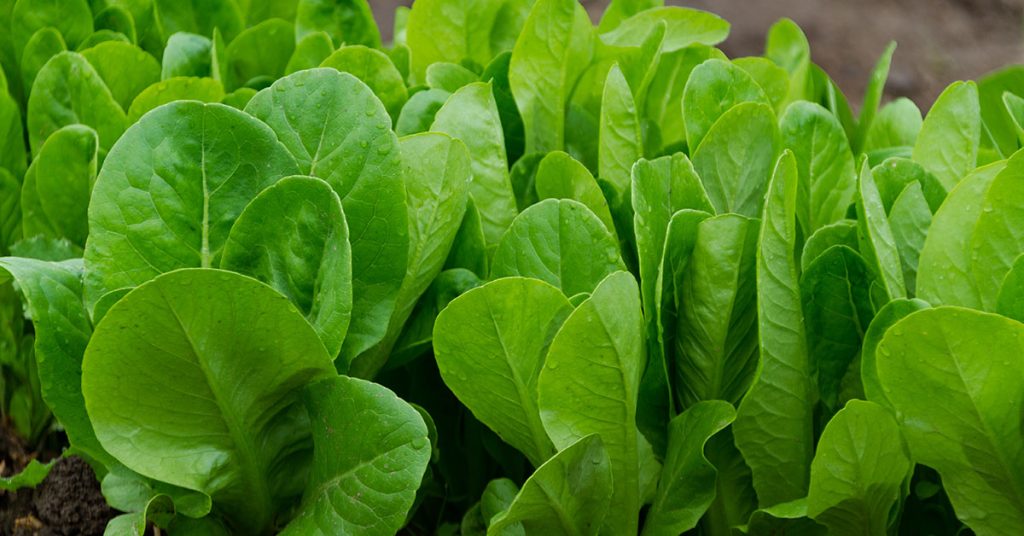
While spinach is typically thought of as an annual vegetable, it is possible to grow certain varieties as perennials in some climates. However, it’s important to note that not all spinach varieties are perennial. Some popular perennial spinach varieties include Ceylon, Sissoo, and New Zealand. These varieties are typically more heat-tolerant and can survive for multiple growing seasons under the right conditions. While growing spinach as a perennial may require some extra care and attention, it can be a great way to enjoy fresh spinach year after year without having to replant each season.
Horseradish
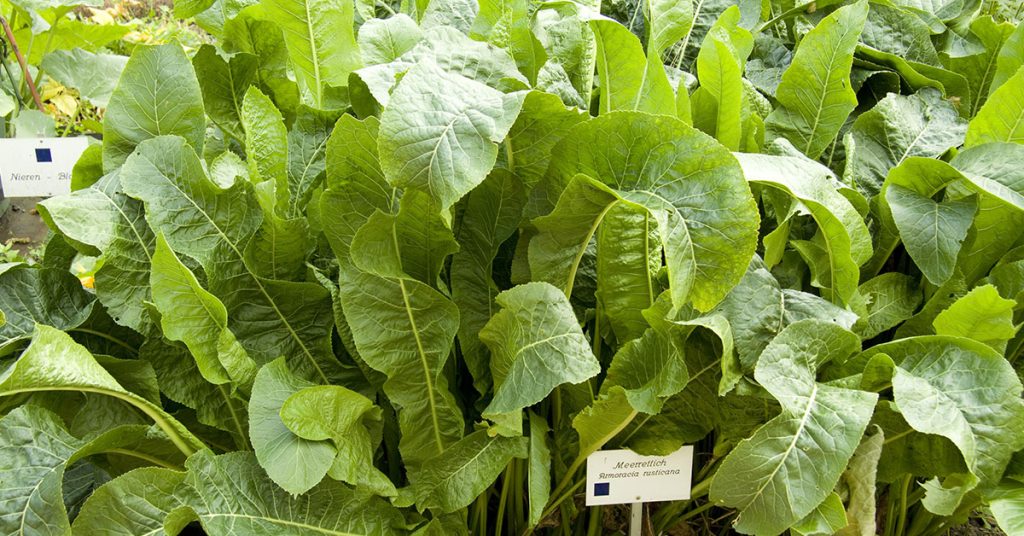
Horseradish is a no-nonsense vegetable that grows easily just about anywhere under any circumstance. They like full sun and fertile soil but can survive in just about any condition. Plant a root piece in the spring and it’ll be ready to harvest after your first frost in fall. In the fall, remove all foliage to help promote additional root growth, leading to larger yields in the future.
Sorrel
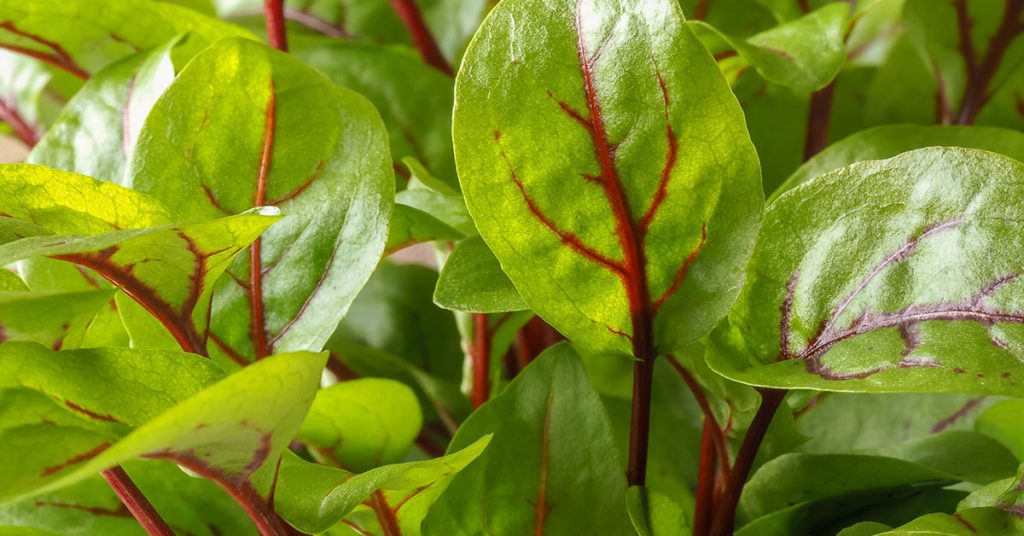
Sorrel is a less commonly grown vegetable, making it an awesome addition to your garden for its variety. Sorrel is a leafy green known for a lemony, tart flavor. Sorrel, like kale, appreciates cooler climates and can be harvested in spring and fall for the best flavor. They grow to be about a foot tall but can take up two feet in width. Sorrel prefers to grow in full sun but can tolerate a bit of shade.
Artichokes
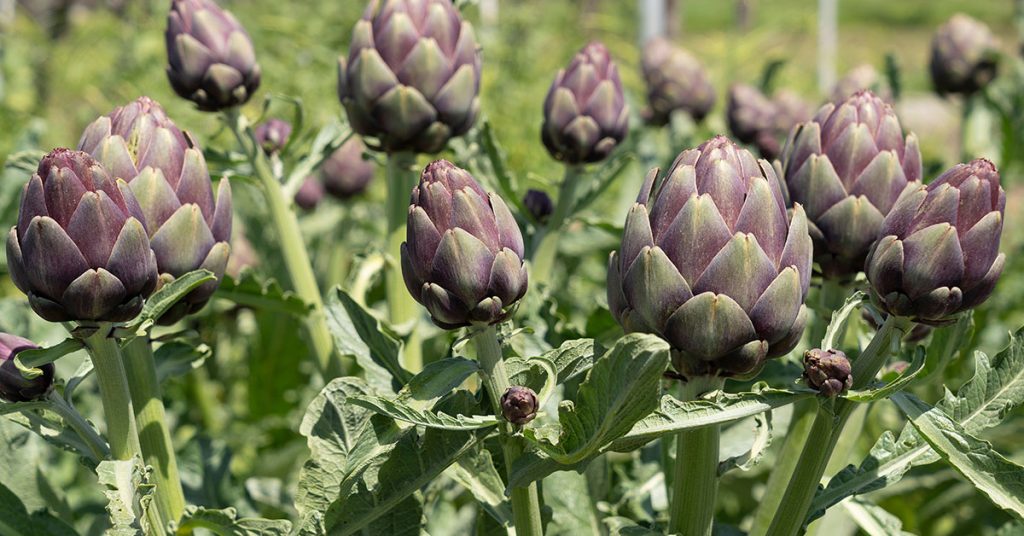
Artichokes are grown for their large, edible flower buds. These plants are perennials, but won’t last as long as asparagus. Typically, an artichoke plant will produce for about 5 years before dying. They grow large, so plant each one about 4 feet apart. Artichoke buds can be harvested when they’re about three inches in diameter.
Chives
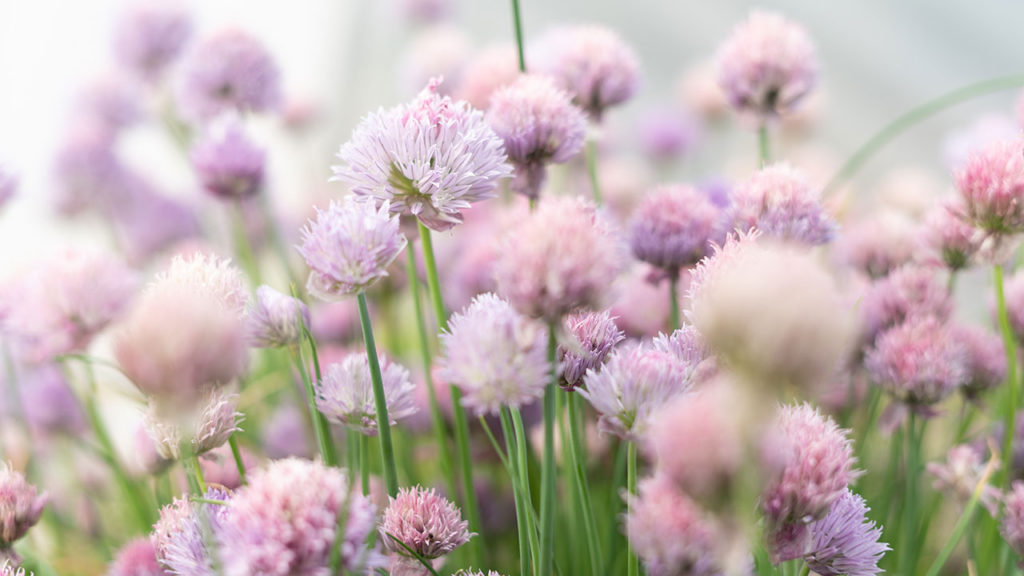
Chives are one of those herbs that I don’t really believe you need to be particular about. They need water, they need sunshine, and everything else is pretty inconsequential. To start chives, take some chive seeds, spread them around the area you want them to grow, cover them with a bit of soil, and water them. Chives will seed prolifically if allowed, so remove flowers before going to seed or be prepared for a chives takeover.
Watercress
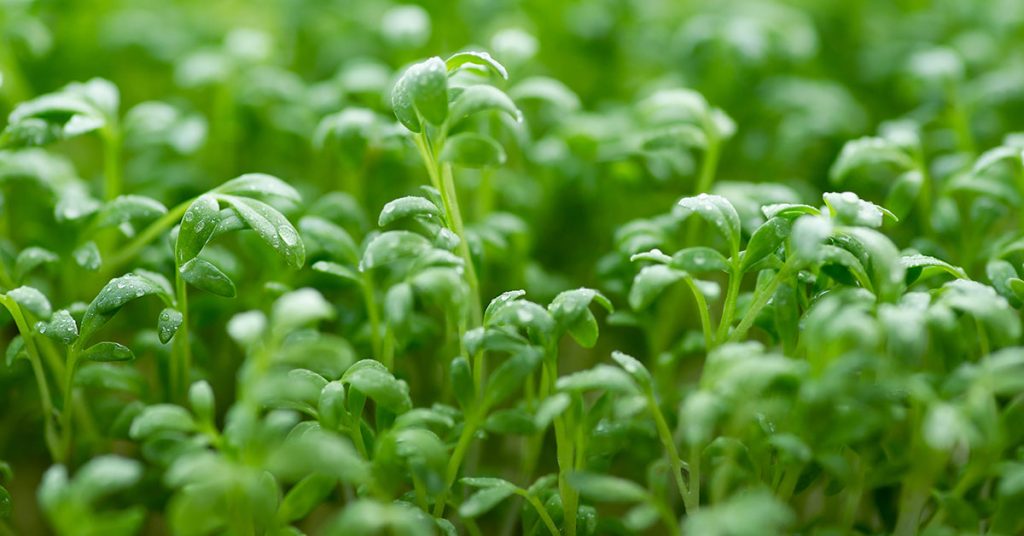
Watercress, which is super nutritious, grows a bit differently than every other perennial vegetable on this list. Instead of needing dry, well-drained soil, watercress grows in a bog environment. Creating a bog isn’t particularly difficult. If you have access to a small creek or stream, watercress can be grown there. If not, you may need to create one artificially. The bog can be created in the ground using a pond liner to retain the water, or it can be made in a two-foot deep tub. Combine equal parts gardening soil, sand, and compost as well as a slow-release fertilizer and fill your container with water, but just enough to soak the soil without standing water over it. You can then spread watercress seeds over the bog.
Blueberries
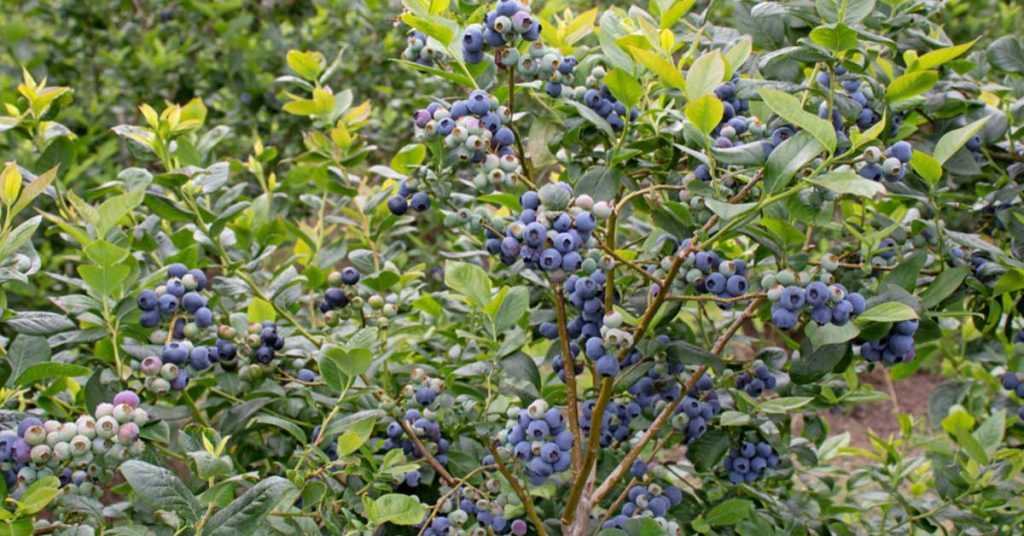
Blueberries are also a bit different from everything else on our list. They’re not a vegetable and they grow on a bush, which makes them unique compared to the others. The best time to plant a blueberry bush is in the early spring. These plants do pretty well growing in containers, like a bucket, but if planted in the ground should be set about 5 feet apart. They require full sun in order to grow well and fruit prolifically.
